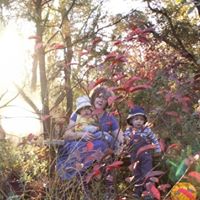Shield, dome and composite are types of...?
Composite volcanoes are tall conical mountains composed of lava flows and other ejecta in alternate layers, the strata that give rise to the name. Strato/composite volcanoes are made of cinders, ash, and lava. Cinders and ash pile on top of each other, lava flows on top of the ash, where it cools and hardens, and then the process repeats. Classic examples include Mount Fuji in Japan, Mayon Volcano in the Philippines, and Mount Vesuvius and Stromboli in Italy.
Shield volcanoes are low with gently sloping sides and are formed from layers of lava. Eruptions are typically non-explosive. Shield volcanoes produce fast flowing fluid [lava] that can flow for many miles. Eruptions tend to be frequent but relatively gentle. Although these eruptions destroy property, death or injury to humans rarely occurs. Shield volcanoes are usually found at constructive boundaries and sometimes at volcanic hotspots. Examples of shield volcanoes include Mount Kilauea and Maunaloa on Hawaii.
Dome volcanoes have much steeper sides than shield volcanoes. This is because the lava is thick and sticky. It cannot flow very far before ot cools and hardens. An example is Puy de Dome in the Auvergne region of France which last erupted over 1 million years ago.
More Info:
en.wikipedia.org













